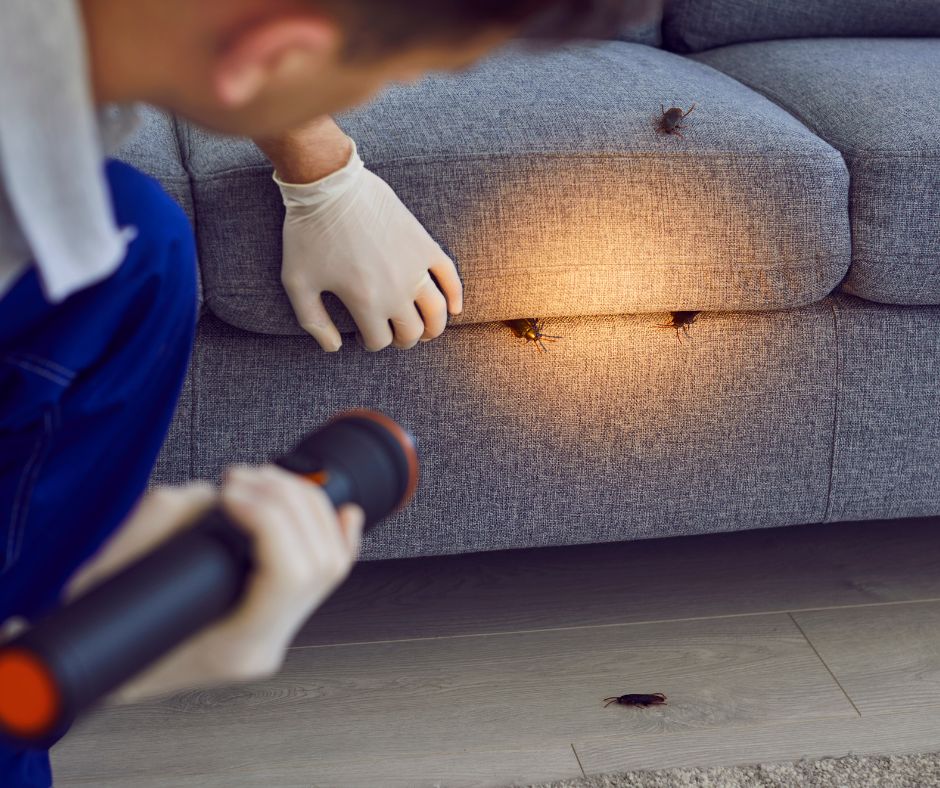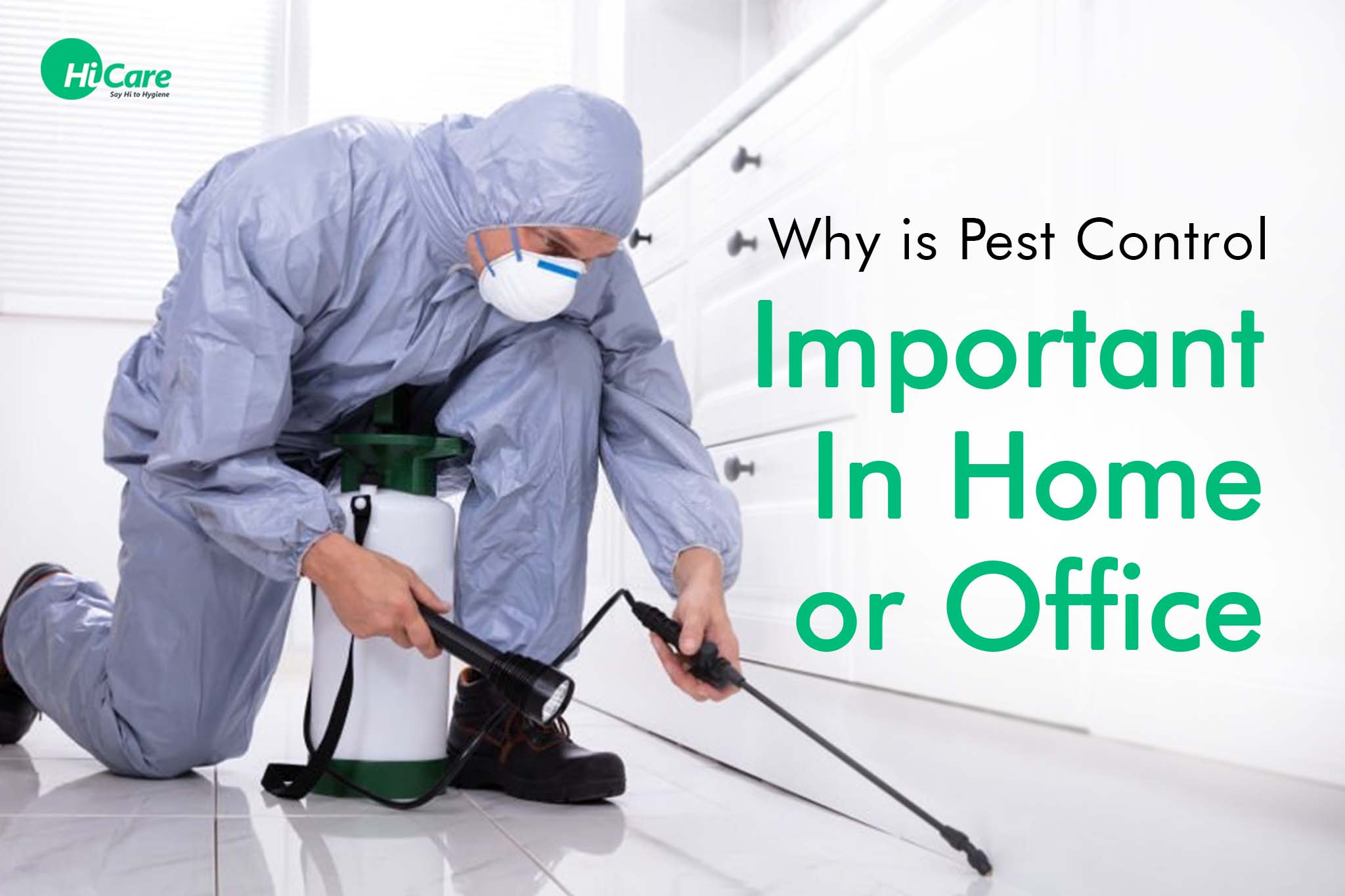Expert Rodent Control Port Charlotte to Avoid Damage to Your Home
Expert Rodent Control Port Charlotte to Avoid Damage to Your Home
Blog Article
Learn More About the current Developments in Insect Control and Just How to Apply Reliable Therapy Solutions
Recently, the area of bug control has actually witnessed significant developments, driven by the requirement for effective and lasting therapy remedies. Cutting-edge approaches such as Integrated Insect Management (IPM) combine eco-friendly experiment cutting-edge innovation, enhancing both efficacy and ecological obligation. The integration of wise innovations and DIY approaches has empowered individuals to take on insect problems more successfully. As we explore these growths, it ends up being necessary to understand how best to carry out these techniques in numerous settings to attain ideal results. The effects for pest monitoring practices can be transformative.
Eco-Friendly Insect Control Options
Recently, the need for eco-friendly bug control choices has surged as services and home owners alike look for lasting options to typical chemical therapies. This change is driven by growing environmental awareness and a wish to lessen the health and wellness dangers related to synthetic chemicals.

Environmentally friendly bug control techniques encompass an array of approaches that prioritize using natural materials and techniques. Integrated Pest Administration (IPM) is one such technique, incorporating organic, cultural, and mechanical strategies to take care of pest populations while minimizing dependence on chemicals (Wildlife removal services). This holistic approach highlights prevention with environment manipulation and the introduction of natural predators, thereby fostering a well balanced ecosystem
An additional prominent alternative is using herb chemicals derived from plants, which have a tendency to be much less unsafe to non-target organisms. Products like neem oil and diatomaceous planet have actually gotten grip for their effectiveness in managing insects while presenting minimal risks to human health and wellness and the atmosphere.
In addition, exclusion techniques, such as sealing entrance factors and preserving cleanliness, play an essential function in eco-friendly insect administration. By taking on these lasting techniques, companies and individuals can properly manage insects while promoting a healthier world for future generations.
Smart Innovation in Pest Management
Advancement is improving the landscape of bug administration, with wise modern technology arising as a pivotal force in enhancing performance and performance - Wildlife removal services. The integration of Internet of Things (IoT) tools, artificial intelligence (AI), and information analytics is revolutionizing how pest control specialists come close to invasions
Smart traps furnished with sensing units can discover insect activity in real-time, sending prompt signals to drivers. This permits timely responses, minimizing damages and minimizing the demand for substantial treatments. Additionally, AI formulas evaluate historic information to predict pest actions, allowing aggressive treatments based on ecological problems and infestation patterns.
Drones and computerized automobiles are also playing a significant function in insect monitoring, supplying aerial analyses of large locations, recognizing hotspots, and even dispersing targeted treatments. These modern technologies not only improve operations however also boost security by restricting human direct exposure to possibly dangerous chemicals.
Additionally, mobile applications encourage consumers to keep an eye on pest activity and accessibility specialist guidance, cultivating a collaborative strategy to pest administration. On the whole, the adoption of wise technology is setting a new criterion in insect control, highlighting data-driven choices and sustainable methods that ultimately benefit both home owners and professionals alike.
Integrated Insect Management Techniques
Integrated Parasite Management (IPM) utilizes an alternative strategy to pest control, integrating numerous strategies to efficiently take care of pest populations while minimizing dangers to human health and the environment. IPM rotates around recognizing the pest life process, their all-natural opponents, and the termite removal service ecological community in which they grow.
Among the basic parts of IPM is keeping track of pest populaces via normal inspections and data collection. This enables the identification of pest thresholds, determining when intervention is necessary. Cultural methods, such as crop environment, cleanliness, and rotation manipulation, are crucial in lowering parasite frequency and promoting plant health.
Mechanical controls, including obstacles and catches, are likewise vital in IPM. These methods can physically remove or hinder bugs without making use of chemicals. When required, the cautious application of chemical controls is employed, concentrating on targeted therapies that reduce environmental influence.
Education and partnership among stakeholders, including farmers, parasite control experts, and the community, are crucial for the successful execution of IPM methods. By focusing on lasting practices, IPM not just addresses pest concerns yet likewise cultivates a healthier ecosystem.
Biological Control Approaches
Various biological control approaches are significantly recognized for their performance in managing parasite populations while promoting environmental balance. These methods harness natural predators, parasites, and pathogens to minimize pest numbers without depending on synthetic chemicals. The introduction of ladybugs can successfully regulate aphid populations, while nematodes target soil-dwelling insect larvae.
In addition, the use of microbial pesticides, such as Bacillus thuringiensis (Bt), supplies an environmentally friendly choice for handling caterpillar parasites. These products particularly target pest varieties, minimizing injury to beneficial pests and pollinators. Conservation biological control emphasizes improving habitats for natural adversaries, such as birds and advantageous bugs, useful site therefore urging their presence in farming systems.
Study continues to disclose ingenious approaches within this field, such as the usage of pheromones to interrupt pest breeding patterns or the growth of biocontrol representatives via genetic modification. Implementing these techniques can lead to lasting pest monitoring techniques that minimize the dependence on chemical treatments, inevitably cultivating much healthier ecosystems. As awareness of these strategies expands, they are coming to be indispensable parts of incorporated bug administration (IPM) techniques, using an equilibrium between effective pest control and ecological stewardship.
Do It Yourself Insect Control Solutions
As property owners look for efficient methods to tackle bug concerns, do it yourself pest control solutions have obtained appeal for their accessibility and cost-effectiveness. These approaches equip individuals to address problems using readily offered materials and strategies, usually without the demand for expert intervention.

Additionally, keeping appropriate cleanliness and regular evaluations can avoid insect access and nesting (Wildlife removal services). Basic methods, such as sealing splits, getting rid of food sources, and decluttering, can considerably diminish parasite populaces. Traps, both homemade and readily offered, can likewise use efficient solutions for surveillance and managing specific pests like pests or rodents

Final Thought
The integration of environmentally friendly bug control choices, smart technology, and cutting-edge administration techniques offers a thorough strategy to efficient insect management. By welcoming Integrated Insect Monitoring (IPM) and using organic control techniques, alongside do it yourself solutions, liable and sustainable parasite control can be look at this website accomplished. These developments not just enhance the performance of pest monitoring practices yet likewise add to a healthier setting. Carrying out these strategies promotes a well balanced environment while effectively resolving pest populations.
Environmentally friendly parasite control methods include a variety of methods that focus on the usage of all-natural materials and practices. Integrated Insect Administration (IPM) is one such technique, combining organic, social, and mechanical methods to manage parasite populaces while lowering reliance on chemicals. As understanding of these methods grows, they are becoming important elements of integrated insect management (IPM) techniques, offering a balance in between reliable parasite control and ecological stewardship.
The combination of environment-friendly bug control options, smart technology, and cutting-edge monitoring methods provides a detailed technique to reliable parasite administration. By accepting Integrated Pest Monitoring (IPM) and using biological control methods, together with DIY options, sustainable and responsible insect control can be attained.
Report this page